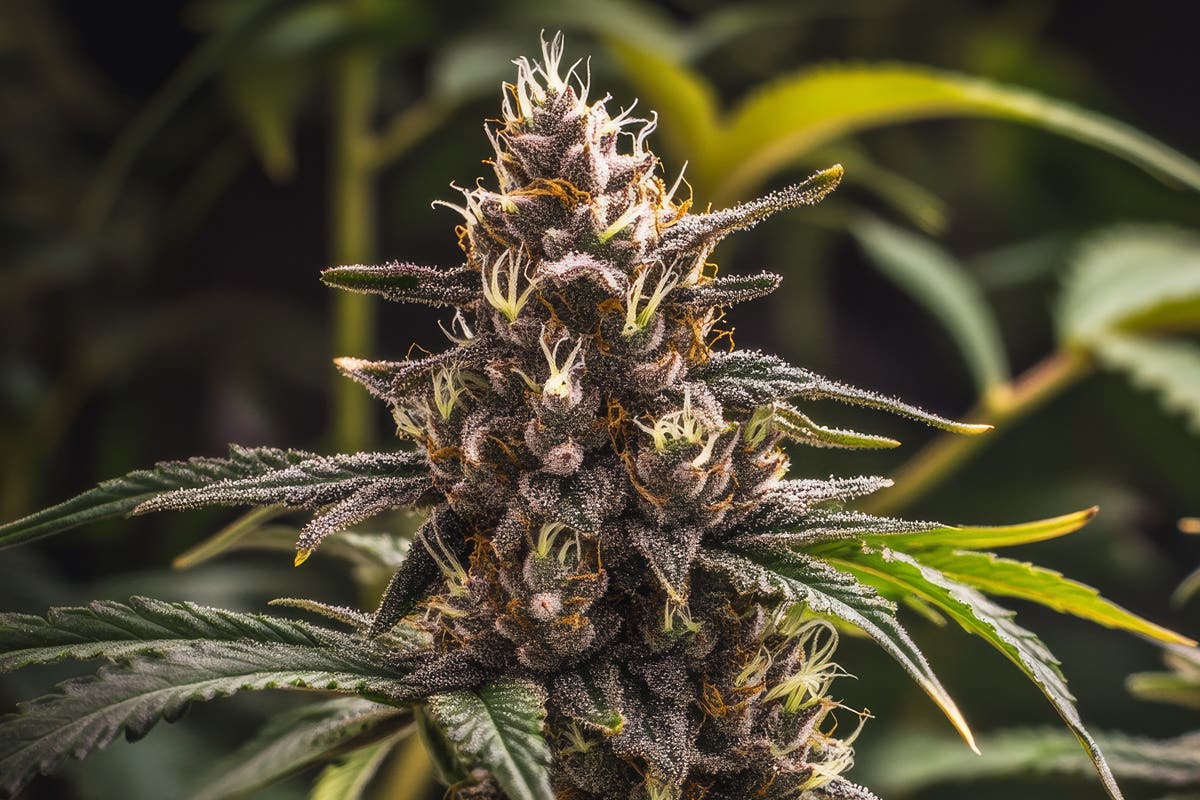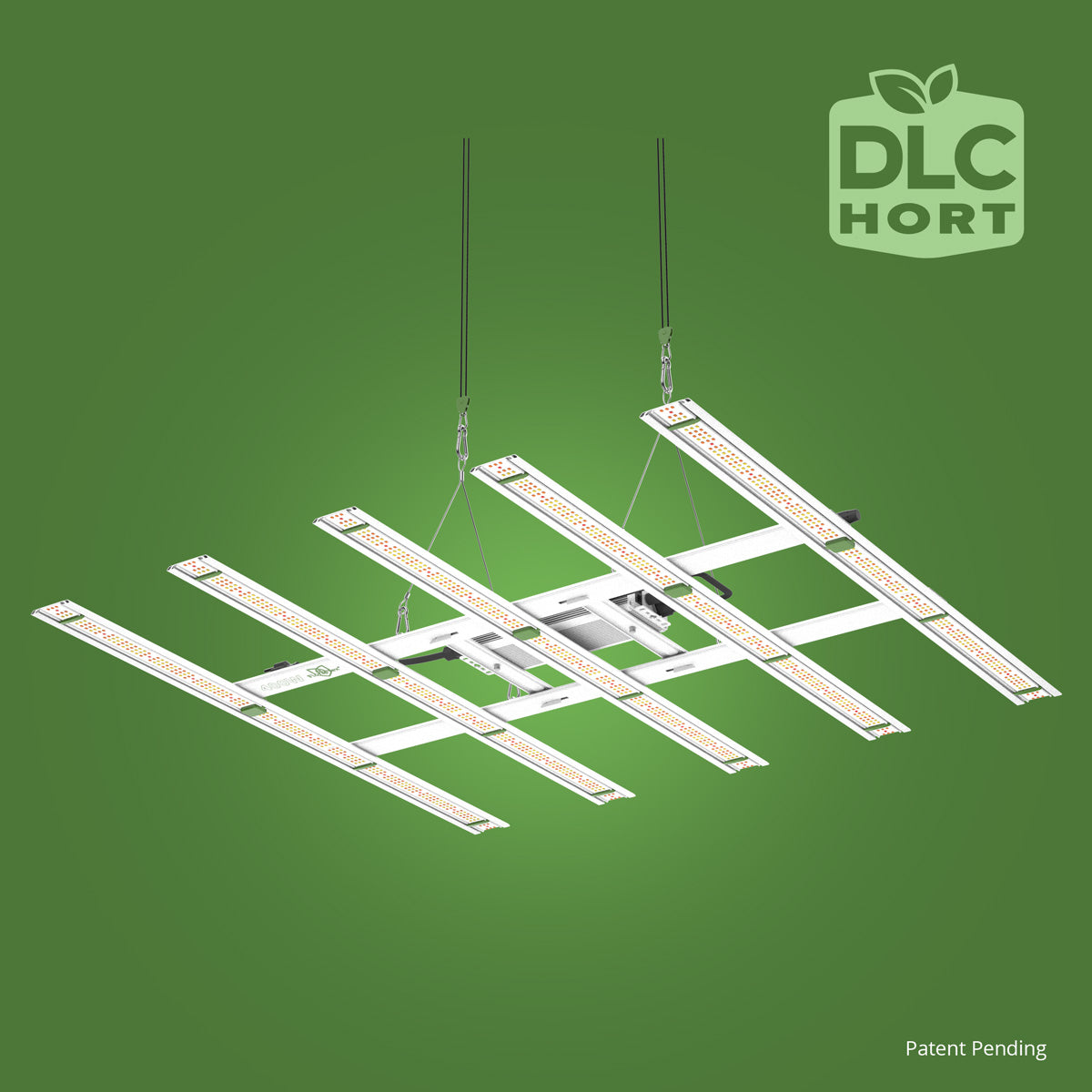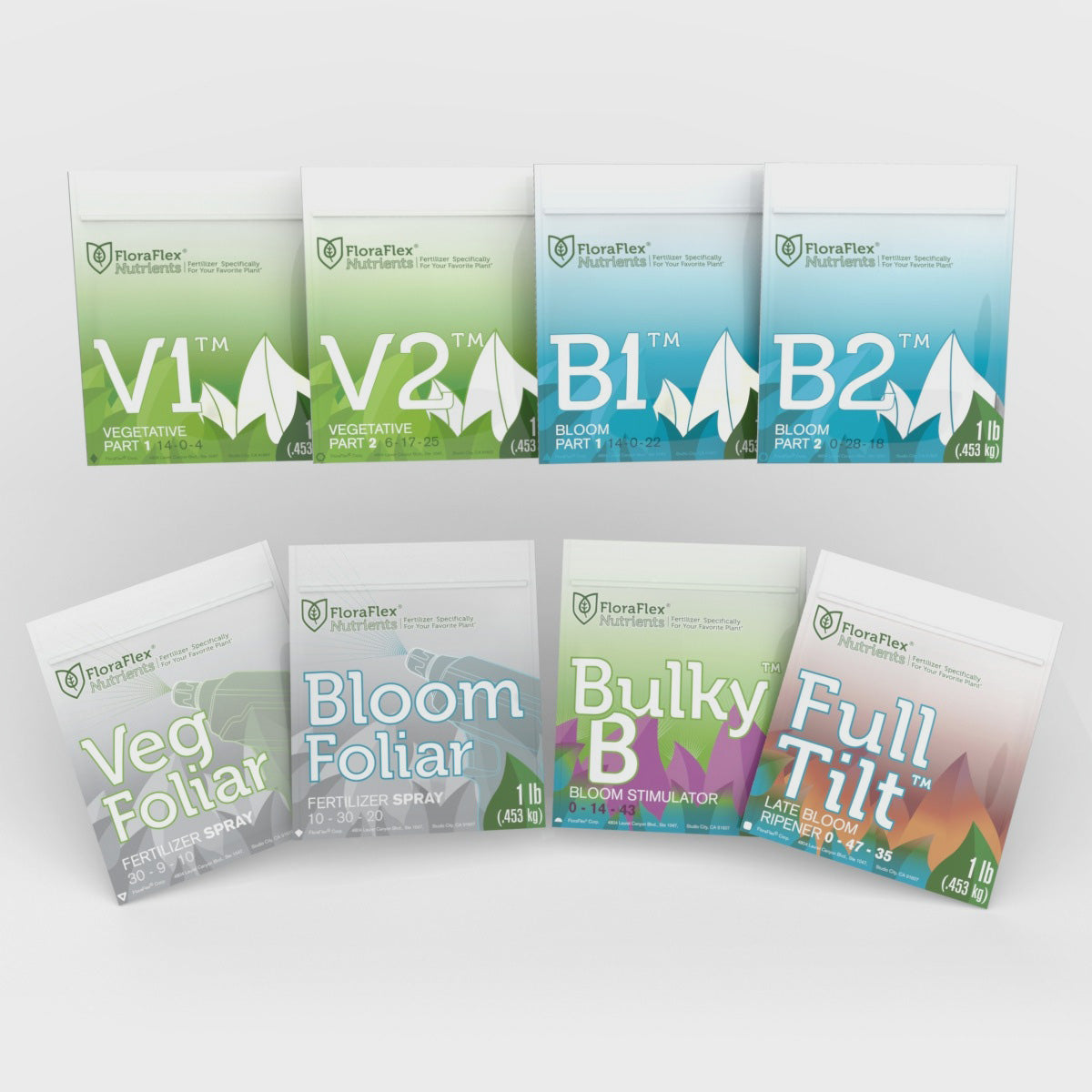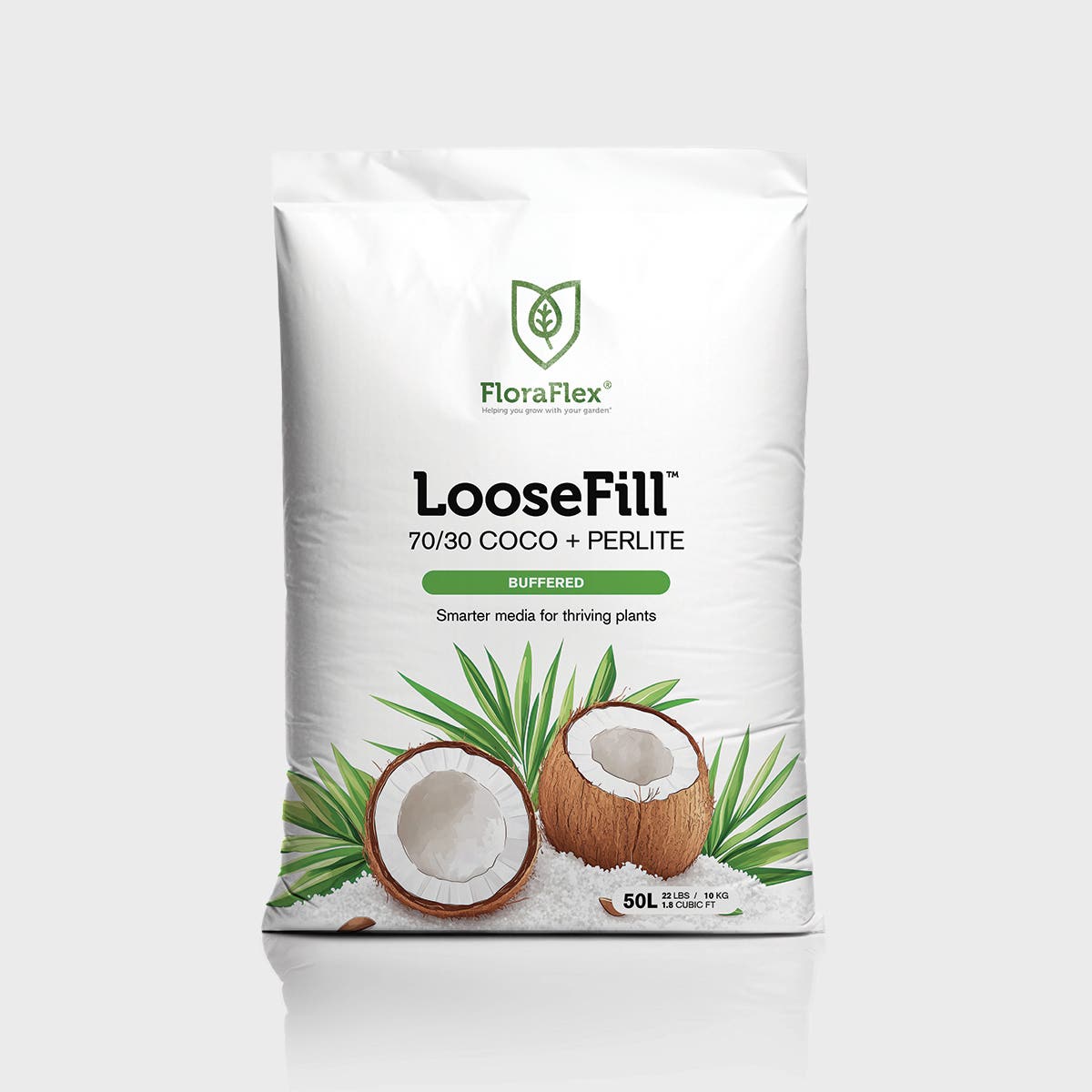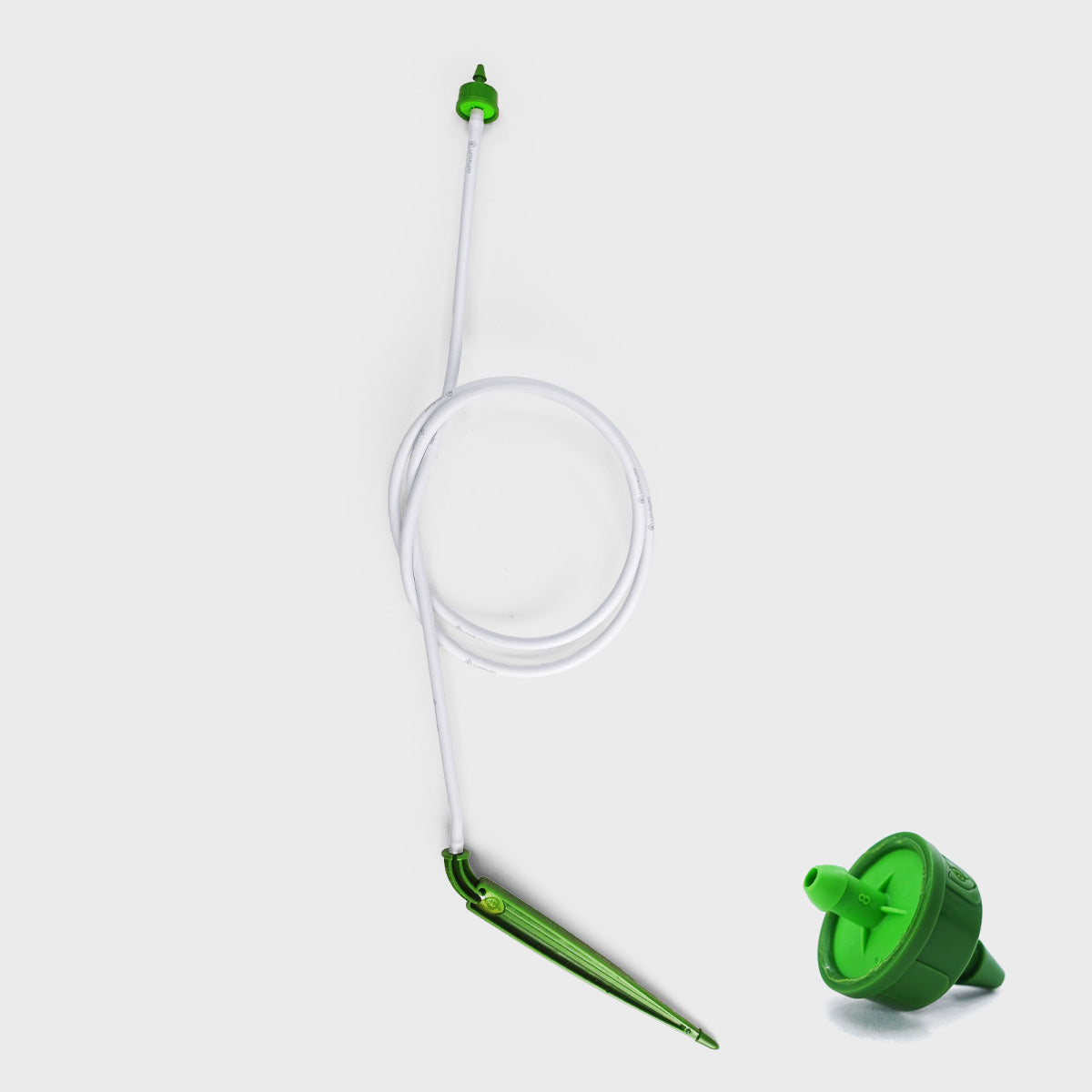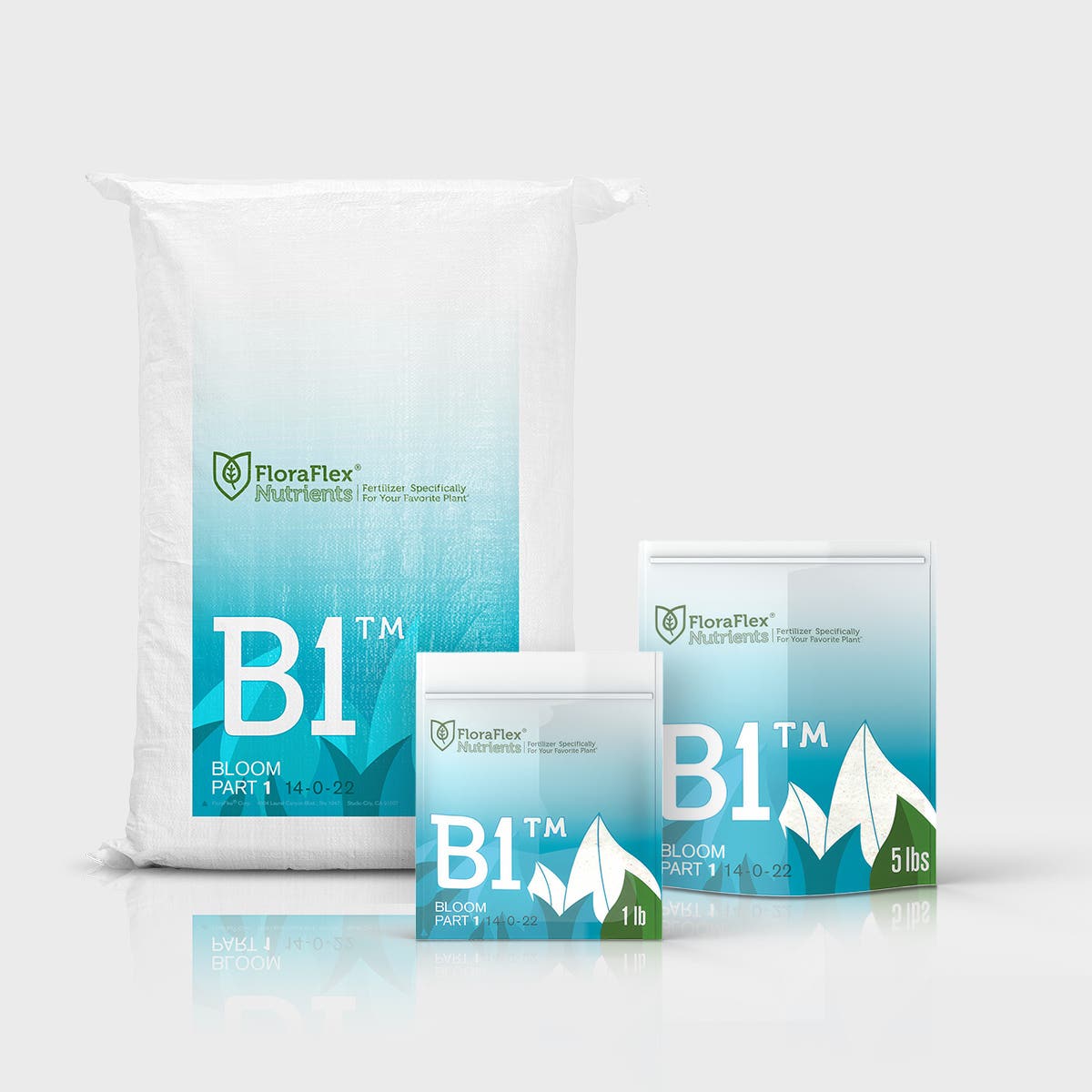Crop steering has become a cornerstone technique for optimizing cannabis cultivation, enabling growers to guide plants through their growth stages with precision. By carefully managing environmental and nutritional factors, cultivators can achieve specific outcomes like improved yields, enhanced cannabinoid profiles, and more efficient flowering cycles. For beginners, understanding and applying crop steering can transform a novice garden into a professional-grade operation.
The Basics of Crop Steering in Cannabis Cultivation
Crop steering revolves around influencing a plant’s natural responses to its environment. Cannabis plants allocate energy to different functions based on cues such as light, temperature, humidity, and water availability. By manipulating these variables, growers can direct plants toward vegetative growth—focused on structural development—or reproductive growth, which prioritizes flower production.
The practice falls into two categories: vegetative steering and generative steering. Vegetative steering promotes leafy, structural growth, while generative steering encourages flowering and resin production. Balancing these approaches helps cultivators achieve their desired results, whether it’s preparing plants for robust flowering or maximizing cannabinoid content.
Key Environmental and Nutritional Factors in Crop Steering
For successful crop steering, growers must understand and control a range of factors. Each element plays a critical role in shaping the plant’s development, making it essential to approach cultivation with precision.
Light Cycles and Intensity
Light serves as the primary driver of a cannabis plant’s growth cycle. During vegetative growth, plants require extended light exposure—typically 18 to 24 hours per day—to focus energy on leaf and stem production. Shortening the light cycle to 12 hours per day signals the plant to transition into flowering.
Adjusting light intensity also plays a role. For generative steering, higher-intensity light helps drive flower production by providing additional energy. During vegetative steering, moderate light levels prevent overstimulation and allow for steady growth.
Temperature and Humidity
Temperature and humidity work in tandem to influence plant metabolism and transpiration rates. For vegetative growth, slightly higher temperatures (75–85°F or 24–29°C) combined with elevated humidity levels (60–70%) promote expansive leaf and stem growth.
Generative steering involves creating a contrasting environment. Lower humidity levels paired with cooler nighttime temperatures can induce mild stress, encouraging the plant to focus on flower production. This stress should be carefully managed to avoid overtaxing the plant.
Precision in Irrigation
Irrigation strategies are crucial for crop steering. During vegetative steering, plants benefit from consistent hydration provided by frequent, moderate watering. For generative steering, controlled water stress—by spacing out irrigation—encourages plants to allocate resources toward reproductive growth, including flower and resin production.
Growers often use advanced irrigation systems to ensure precise water delivery, helping to maintain consistent conditions that align with the plant’s developmental stage.
Nutrient Profiles
Nutritional inputs must align with the plant’s growth phase. During vegetative steering, nitrogen-rich fertilizers encourage leaf and stem development. As the plant shifts into flowering, nutrients emphasizing phosphorus and potassium help drive flower production and enhance cannabinoid synthesis.
Regular testing of soil or hydroponic solutions ensures a balanced nutrient profile, avoiding deficiencies or excesses that could disrupt growth.
Tools and Technology for Effective Crop Steering
Modern cultivation technologies have revolutionized crop steering, offering tools that enhance precision and efficiency. For growers, these advancements provide a competitive edge by optimizing environmental management and resource allocation.
Environmental Control Systems
Integrated environmental monitoring systems allow growers to track light intensity, temperature, humidity, and CO₂ levels in real time. These systems can be paired with automated controls to adjust conditions dynamically, ensuring an optimal growing environment.
Automated Irrigation Solutions
Automated irrigation systems streamline water delivery, ensuring plants receive the right amount of moisture at the correct intervals. These systems can be tailored to support vegetative or generative steering, making them invaluable for growers aiming for consistency and scalability.
Data Analytics and Predictive Tools
Data-driven cultivation tools leverage historical and real-time data to help growers fine-tune their strategies. Predictive analytics powered by artificial intelligence can forecast plant needs, enabling cultivators to make proactive adjustments and achieve better results.
{{widget type="Magento\Cms\Block\Widget\Block" template="widget/static_block/default.phtml" block_id="799"}}
Advantages of Crop Steering for Cannabis Cultivators
Implementing crop steering techniques offers a wide range of benefits, from improving plant quality to reducing operational costs. Here’s how crop steering can transform your cannabis cultivation:
Increased Yield and Potency
By customizing the growing environment to suit the plant’s specific needs, growers can enhance yields and boost the cannabinoid and terpene profiles of their cannabis. Generative steering, in particular, focuses energy on flower production, leading to higher-quality harvests.
Greater Precision and Control
Crop steering empowers growers to synchronize plant development with their production goals. Whether you need to shorten growth cycles or stagger harvests, this approach allows for unparalleled control over cultivation timelines.
Resource Efficiency
Precision control over water, nutrients, and environmental conditions reduces waste, cutting costs and promoting sustainability. Automation and monitoring tools further enhance resource efficiency by minimizing human error.
Challenges and Considerations for Beginners
While crop steering can elevate cannabis cultivation, it also presents unique challenges, particularly for those new to the practice. Awareness of these hurdles can help growers navigate them effectively.
Continuous Monitoring and Adjustment
Successful crop steering requires close attention to environmental factors and plant health metrics. Regular monitoring is essential to avoid imbalances that could hinder plant growth or quality.
Striking a Balance
Generative steering often involves inducing mild stress to encourage flowering. However, excessive stress can negatively impact the plant, making it vital to maintain a careful balance.
Initial Investment in Equipment
Many crop steering techniques rely on advanced tools and automation systems, which can require significant upfront investment. For small-scale growers, starting with basic tools and scaling up over time is a practical approach.
Practical Steps for Getting Started
For new cultivators, the key to mastering crop steering lies in starting small and gradually refining your techniques. Consider these actionable tips to ease into the process:
• Experiment Gradually: Begin by adjusting a single factor, such as light cycles or watering schedules, to observe how your plants respond. Build on your successes with incremental changes.
• Utilize Basic Monitoring Tools: Affordable tools like light meters and hygrometers can provide valuable insights into your growing environment, even without advanced systems.
• Keep a Detailed Journal: Tracking environmental conditions, plant behavior, and outcomes helps you refine your methods and develop a more effective crop steering strategy.
Crop Steering as the Future of Cannabis Cultivation
As the cannabis industry continues to grow, crop steering is becoming an essential practice for both home and commercial cultivators. Advances in technology, coupled with an expanding knowledge base, are making it easier than ever to implement these techniques successfully.
Mastering crop steering techniques allows growers to take full control over their plants’ growth, leading to healthier, more productive gardens. Whether you’re cultivating for personal use or commercial distribution, understanding crop steering is a valuable step toward achieving superior results. By tailoring your growing environment to your plants’ needs, you can unlock their full potential and consistently produce top-tier cannabis.
{{widget type="FloraFlex\Blog\Block\Widget\ProductList" products_count="5" conditions_encoded="^[`1`:^[`type`:`Magento||CatalogWidget||Model||Rule||Condition||Combine`,`aggregator`:`all`,`value`:`1`,`new_child`:``^],`1--1`:^[`type`:`Magento||CatalogWidget||Model||Rule||Condition||Product`,`attribute`:`category_ids`,`operator`:`==`,`value`:`93`^]^]" template="FloraFlex_Blog::widget/productlist.phtml"}}

